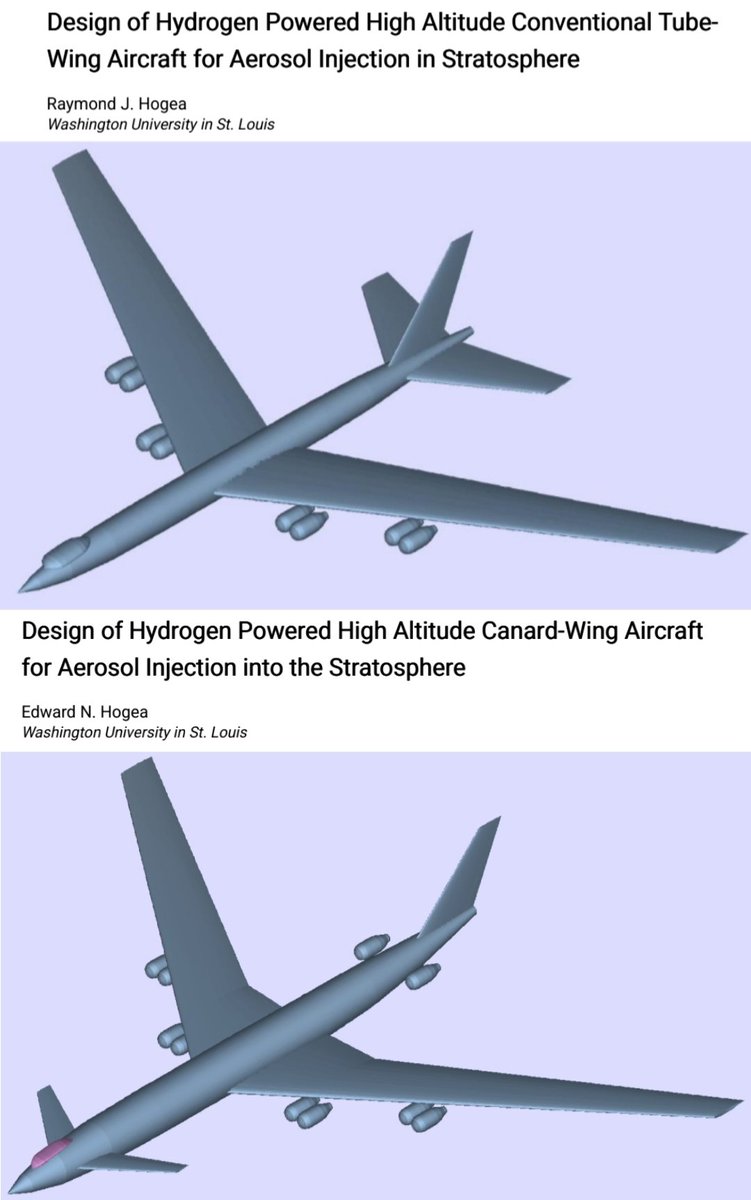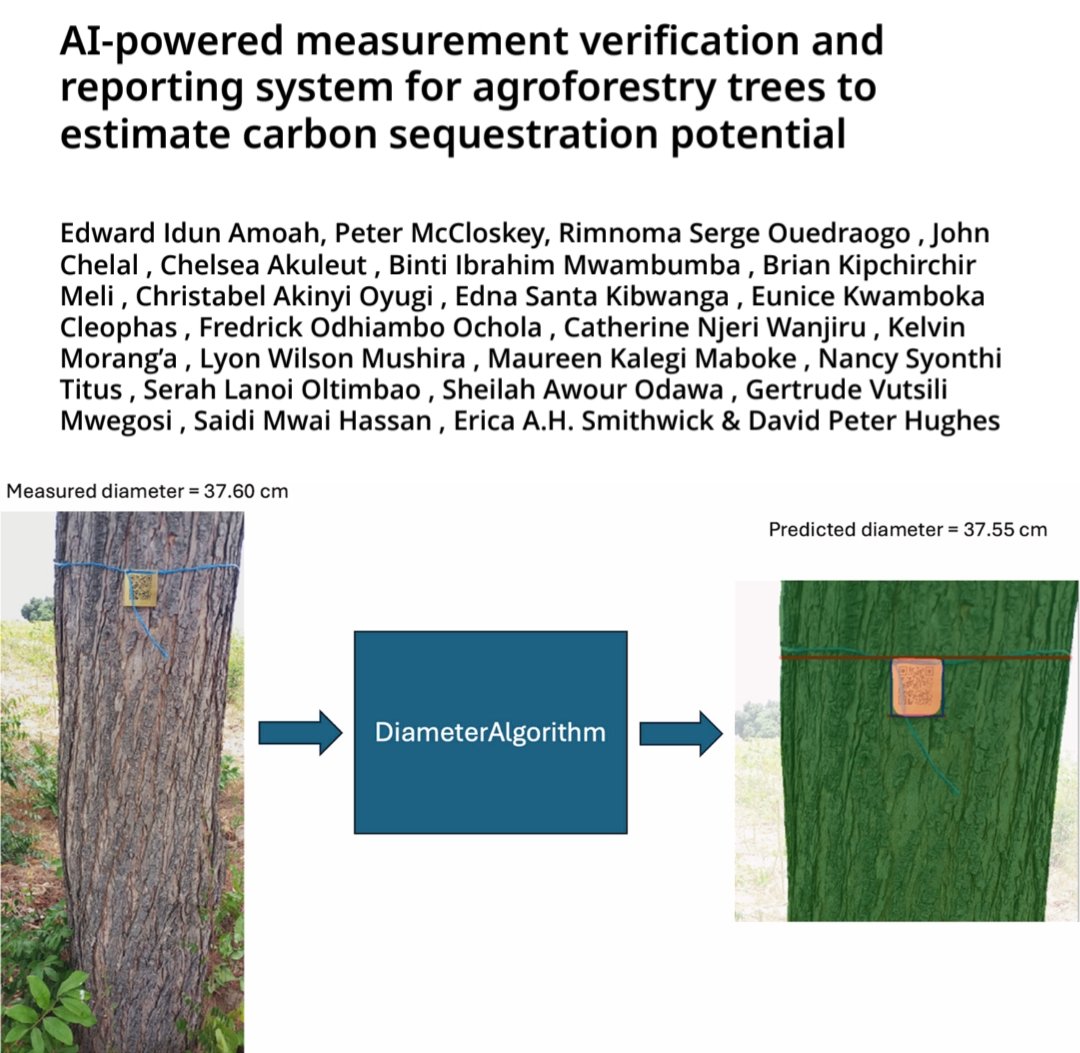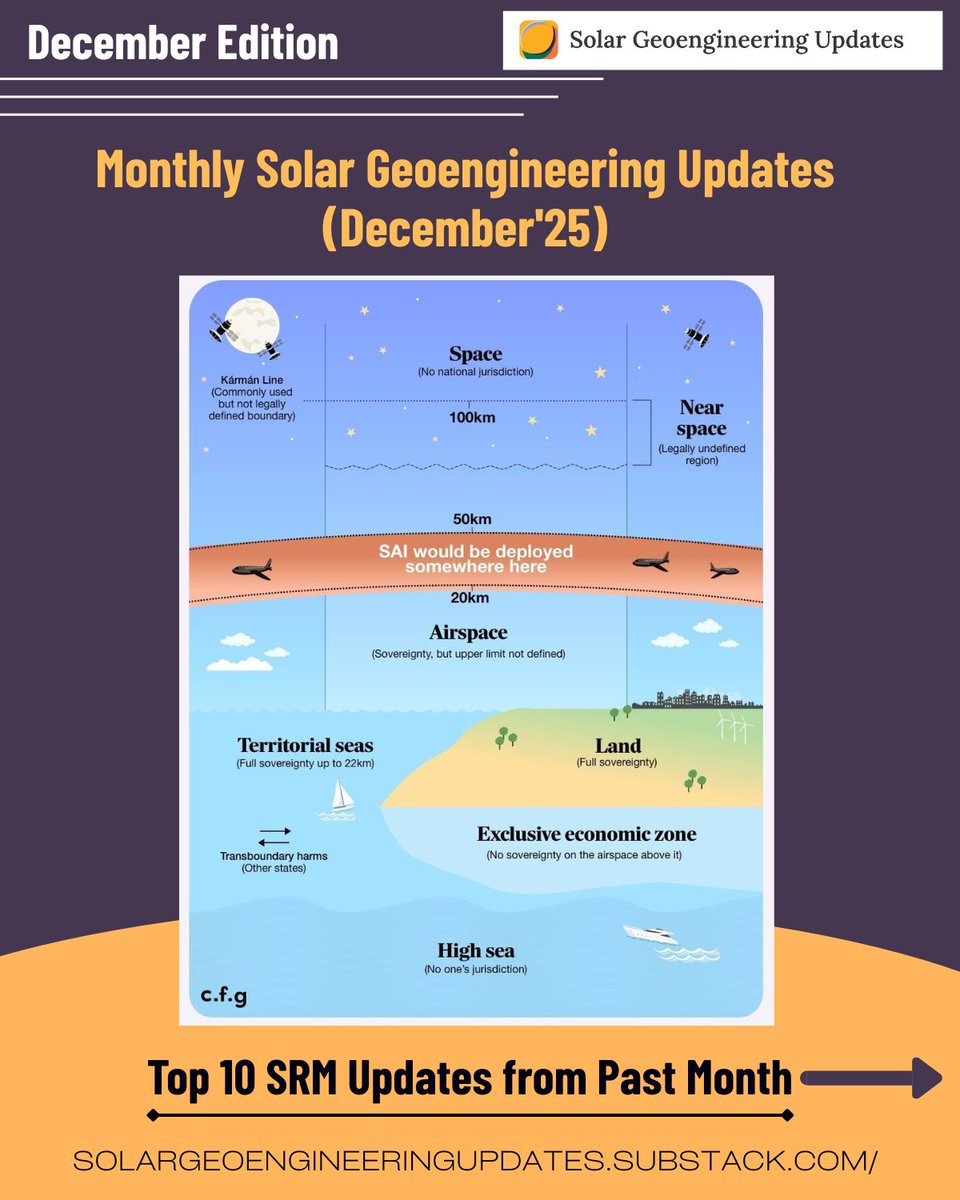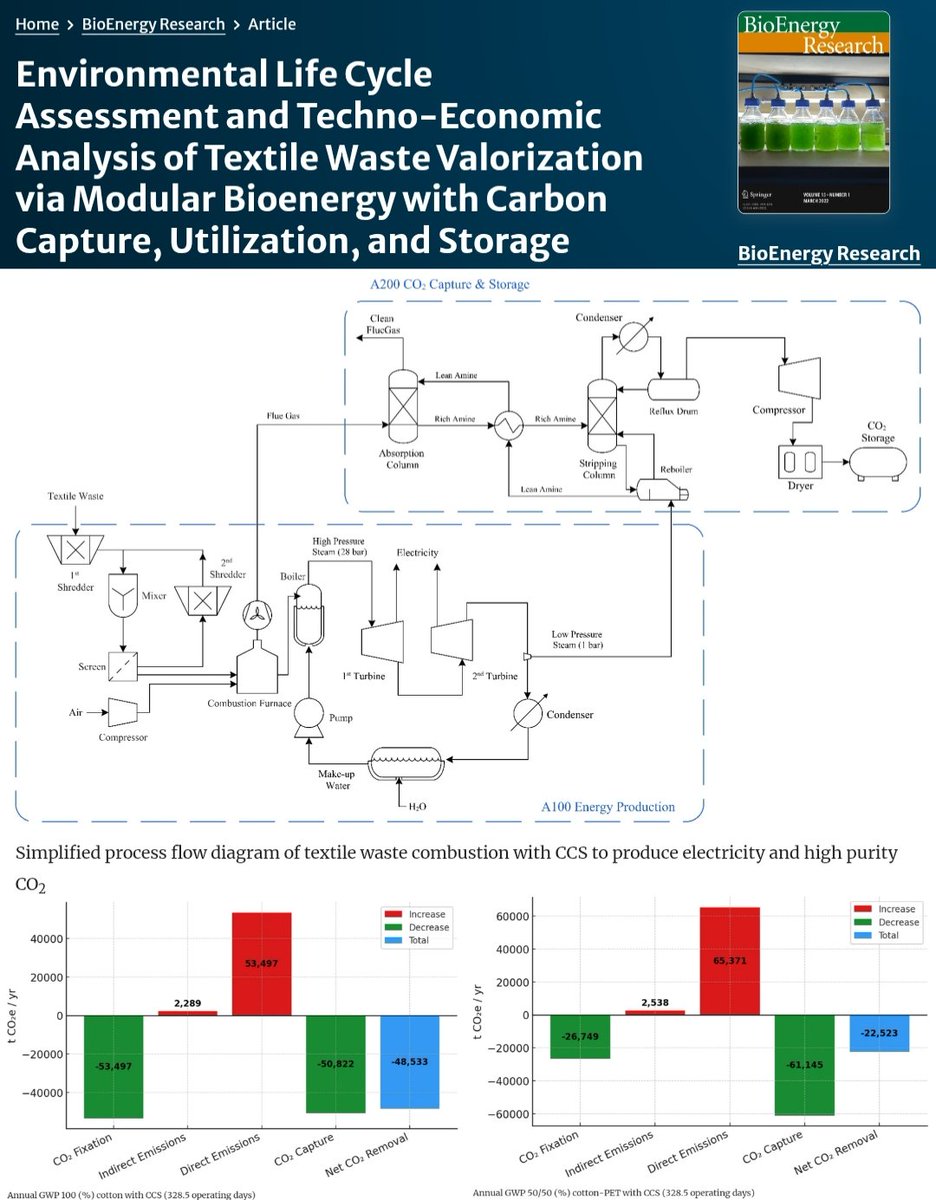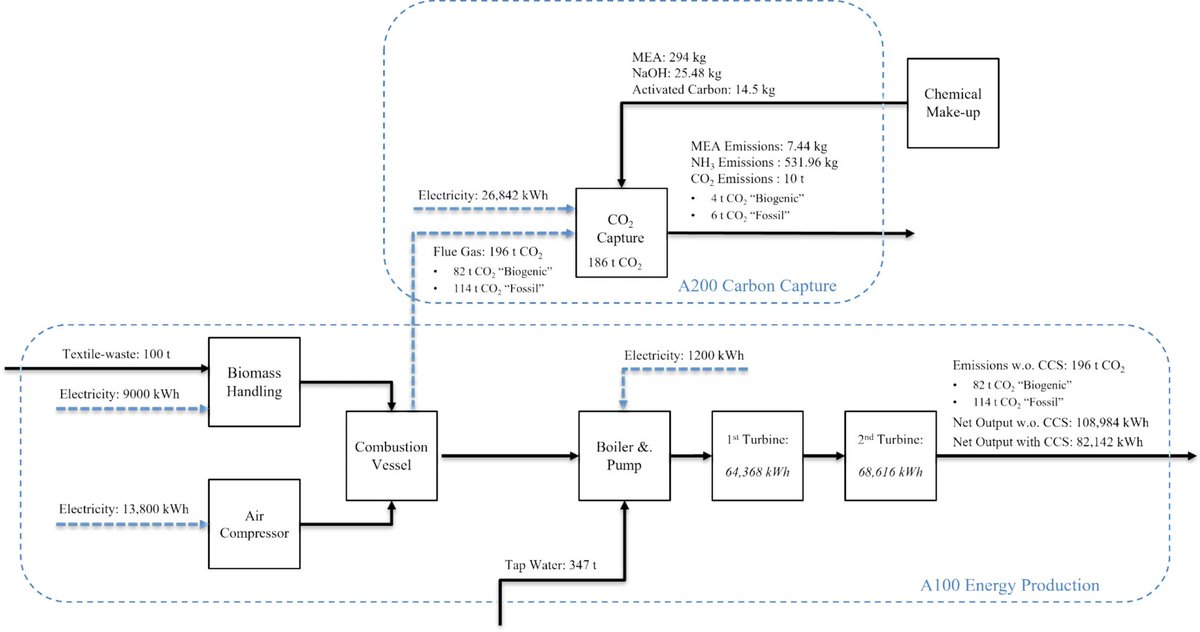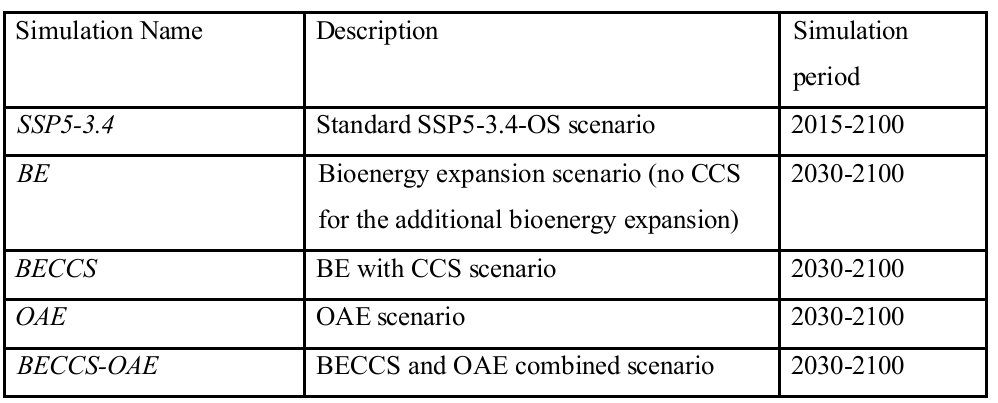"Using seawater & low-carbon electricity, @ebbcarbon can remove gigatons of CO2 permanently at competitive costs."
#ElectrochemicalOceanAlkalinityEnhancement
#CarbonDioxideRemoval
Take a step-by-step walkthrough of how their solution works in a 🧵 below ⬇️
1/10
#ElectrochemicalOceanAlkalinityEnhancement
#CarbonDioxideRemoval
Take a step-by-step walkthrough of how their solution works in a 🧵 below ⬇️
1/10

1️⃣ "@ebbcarbon with aquaculture farms, desalination plants, ocean research labs, and other industrial sites that process seawater."
2/10
2/10

2️⃣ "Ebb intercepts existing salt water flows at the facility and processes the water before it returns to the ocean."
3/10
3/10

3️⃣ "Using low carbon electricity, Ebb run the salt water through a stack of ion-selective membranes that separate it into acidic and alkaline solutions."
4/10
4/10

4️⃣ "Ebb measure and monitor the pH level and volume of the alkalinity we produce in real time. This enables us to safely return it at levels within the ocean's natural pH variance."
5/10
5/10

5️⃣ "Ebb return the alkaline solution to the sea, where it immediately lowers the acidity of the sea water locally."
6/10
6/10

6️⃣ "Over weeks to months, the alkaline solution reacts with dissolved CO2 in seawater to create bicarbonate (HCO3), a stable form of carbon storage for 10,000+ years."
7/10
7/10

7️⃣ "With more CO2 locked away as bicarbonate, the ocean will naturally equilibrate and sequester more CO2 from the air. Ebb measures the CO2 removed from the air using sensors in the water and ocean and carbonate chemistry models."
8/10
8/10

8️⃣ "By partnering with the ocean, Ebb Carbon has the potential to be one of the most energy efficient and cost effective ways to reverse the impacts of climate change both locally and globally."
9/10
9/10

• • •
Missing some Tweet in this thread? You can try to
force a refresh


